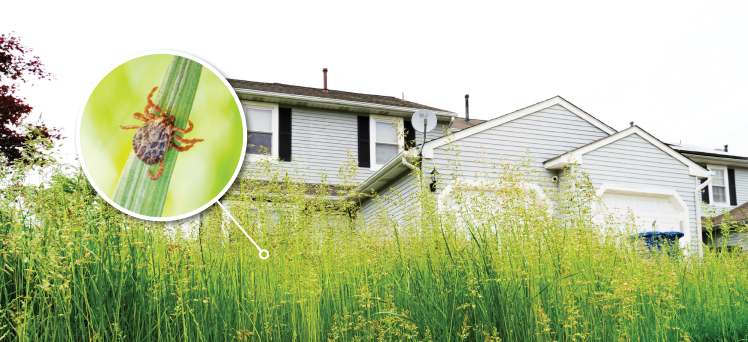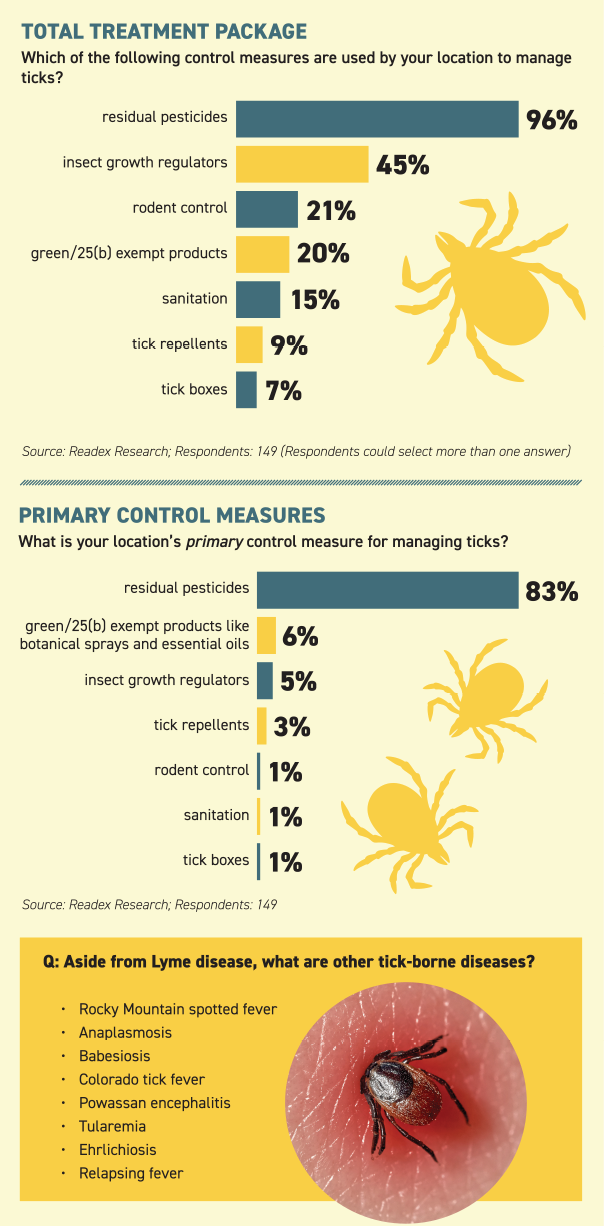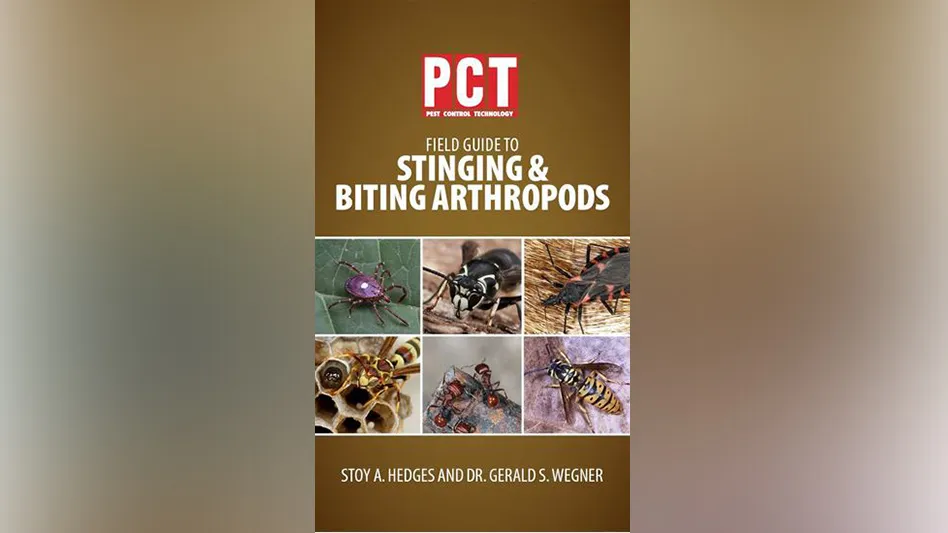
Tried-and-true residual liquid treatments are a gold standard for tick treatment, and mosquito prevention for that matter. Many pest management professionals bundle the services. Rottler Pest Solutions in St. Louis, Mo., sells an outdoor program — a monthly service from April to October that includes tick and mosquito prevention.
“It’s always a bundle, because the products are similar,” says Gary Rottler, owner.
Rottler uses an adulticide and insect growth regulator. “Ticks are generally on shrubs, trees and vegetation where we also find mosquitoes,” he says. “So, we look at the same criteria for treating both.”
Mosquitoes like standing water, while ticks fester in lower- lying brush, tall grasses and along wood lines. Look up for mosquitoes (treating 12 feet) and down for ticks (3 feet), says Adam Carace, CEO, Pest-End Exterminators, Plaistow, N.H.
In the PCT survey, 28 percent of respondents offer tick control that includes mosquitoes and/or fleas.
“We treat where there is leaf litter from fall and winter because ticks love to get into that and overwinter,” Carace says. “The same is true with mulch beds or rock bed areas, along with shrub areas.”
The service is sold as tick-only or in combination with mosquito treatment. Customers can also opt for mosquito prevention a la carte. Tick service is three times per year, generally in April, July and September-October based on tick biology.
Generally, Carace relies on liquid spray applications, but he pivots during rainy periods. “We might use granular as another option if we have a rainy April, and that definitely happens in our area,” he says.
A three-step preventive approach helps keeps ticks at bay for Mosquito Hunters in Manhasset, N.Y. For properties without pets, Steve Gurin, president, will set out tick tubes. The biodegradable tubes look like empty paper towel rolls and hold treated cotton. “Mice take the cotton with permethrin and line their nests with it,” he explains. “That product on the cotton makes it so ticks that bite the mice die.”
Dogs can take interest in the tubes, which is why Gurin uses this treatment addition on pet-free sites. He combines it with a pyrethroid residual spray — the same product the company uses for mosquito control. Customers can purchase a nine-pack mosquito service with a tick upgrade that includes three treatments.
The third aspect of minimizing ticks is maintenance. “My best advice for clients is to maintain their yards,” Gurin says. He suggests placing children’s play sets away from heavily shaded, wooded areas — and the same goes for outdoor furniture. “Remove leaf debris, because they like to breed and hide in it, and clear tall grass or bushes,” he adds.
Another suggestion for clients: Lay a 3-foot-wide barrier of gravel or wood chips between heavily wooded areas and the yard. “It significantly prevents ticks from coming into your yard,” Gurin says. “That’s a far distance for a tick to travel in gravel or wood chips, which they do not do well in.”
Controlling wildlife is also part of preventing ticks from making a home in clients’ yards. “We’ve had instances where possums are living under a porch or deck and there are heavy flea and tick infestations related to that, so then we promote exclusion,” Rottler says.


Explore the June 2022 Issue
Check out more from this issue and find you next story to read.
Latest from Pest Control Technology
- Gaining Control of Structure-Infesting Carpenter Ants
- Big Blue Bug’s Brian Goldman Receives Rhode Island Small Business Person of the Year Award
- UF Researchers Examine How Much Bait it Takes to Eliminate a Subterranean Termite Colony
- Women in Pest Control Group Continues to Grow, Provide Opportunities in the Industry
- NPMA Announces Results of 2024-2025 Board of Directors Election
- Massey Services Acquires Orange Environmental Services
- Hawx Pest Control Wins Bronze Stevie Award for Sustainability
- Abell Pest Control Highlights Growing Tick Activity Across Canada





